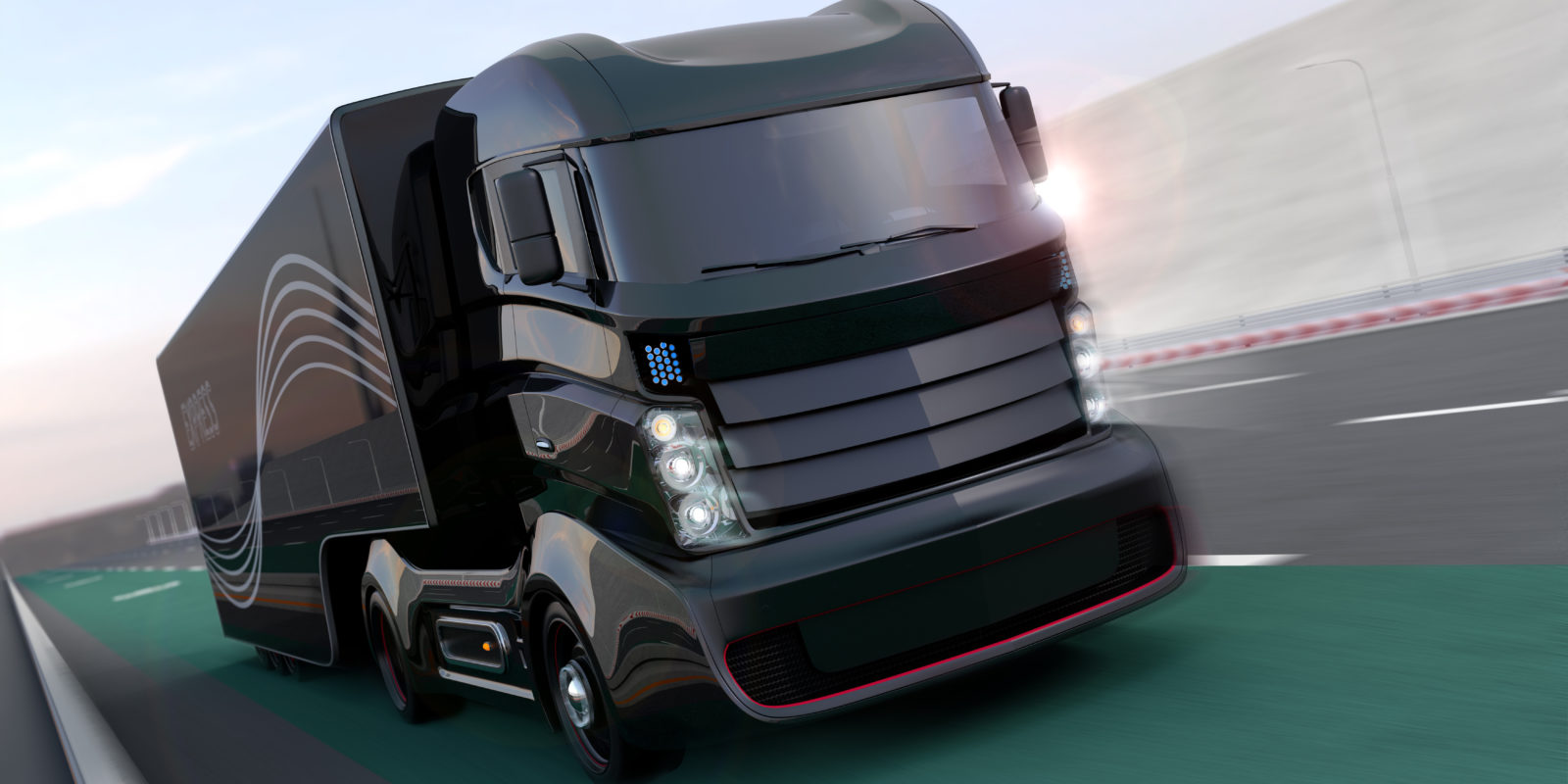
The shipping industry is about to be transported into a new era. And it began with a small startup, Otto. Purchased by Uber in April 2016, the San Francisco-based company created a kit that can turn a truck into a self-driving vehicle. This new tech has created quite the controversy in the industry with pros and cons being debated. On one had “in the US alone, large trucks are involved in about 350,000 crashes a year, resulting in nearly 4,000 fatalities. Virtually all of these incidents can be traced to human error. The potential savings in lives, property damage and exposure to liability will eventually become irresistible.” (https://www.theguardian.com)
But where will the jobs go? And what will it mean for the economy? “Truck driving is arguably one of the final barricades protecting a traditional world where diligent effort exerted in a blue-collar profession is respected, essential – and well compensated.” (the guardian) However it seems only logically that with this technology become more in demand we will see a decline in transport jobs in Canada and around the world.
There is also savings to be made from driverless trucks. “Shipping a full truckload from L.A. to New York costs around $4,500 today, with labor representing 75 percent of that cost. But those labor savings aren’t the only gains to be had from the adoption of driverless trucks. Where drivers are restricted by law from driving more than 11 hours per day without taking an 8-hour break, a driverless truck can drive nearly 24 hours per day. That means the technology would effectively double the output of the U.S. transportation network at 25 percent of the cost.” – Ryan Petersen at TechCrunch (https://techcrunch.com)
For more on automated transport trucks checkout this CBC article.






